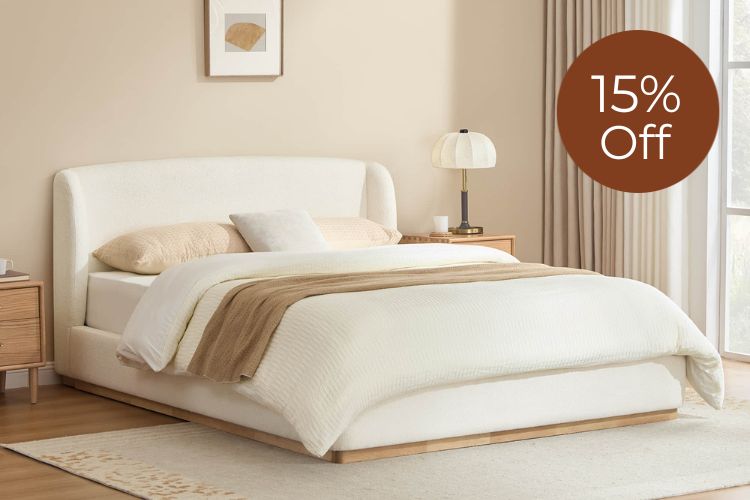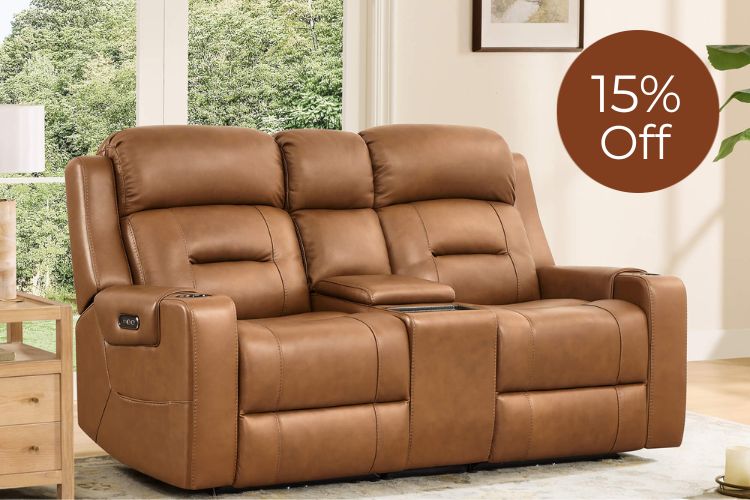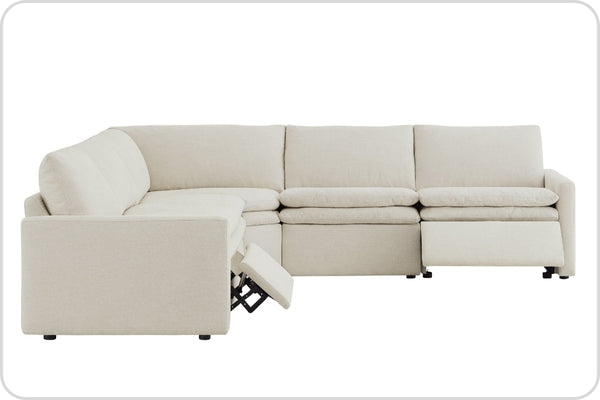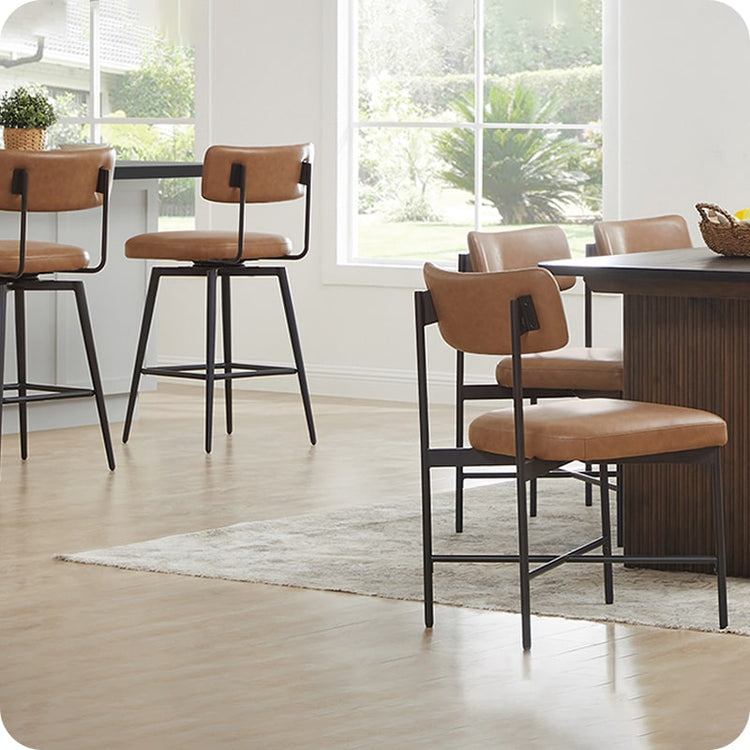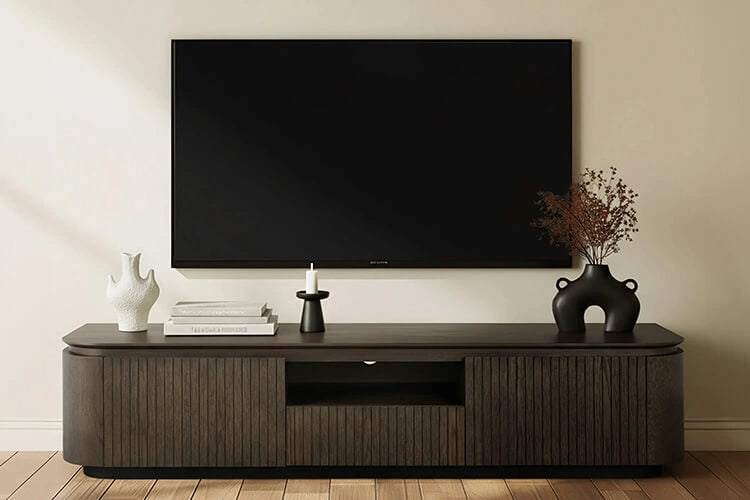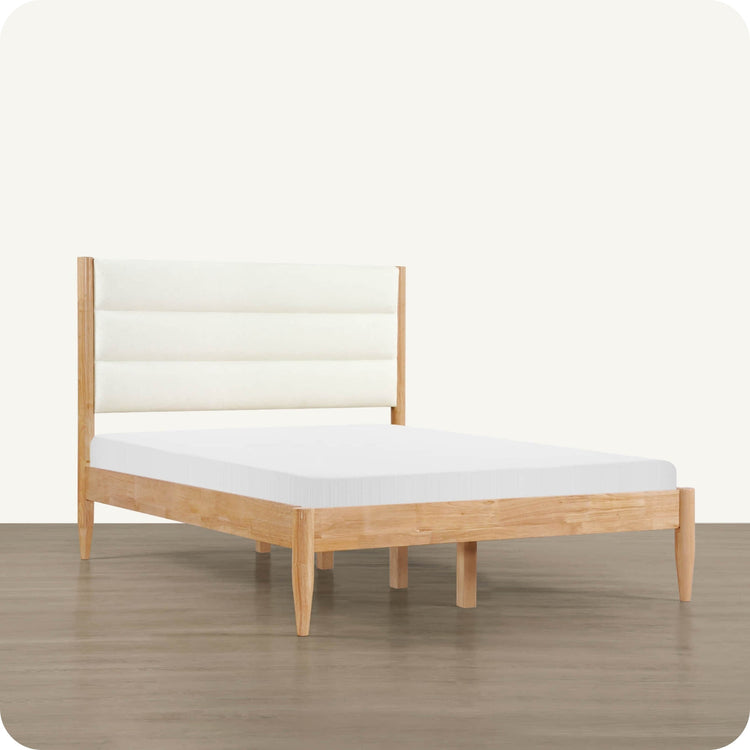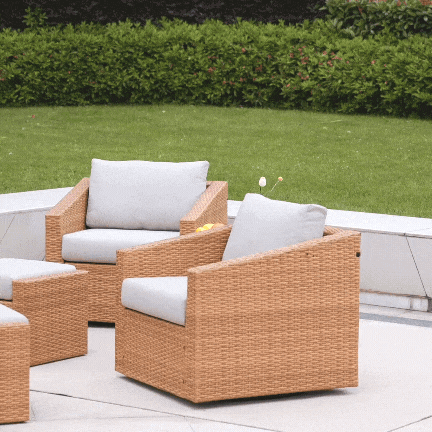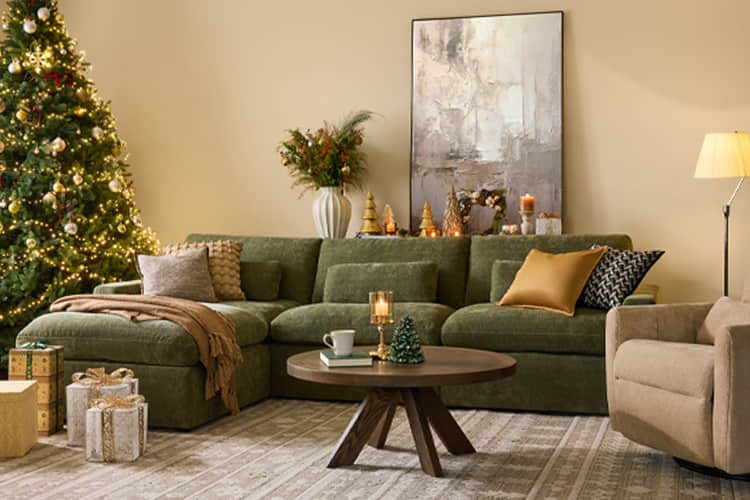An often overlooked endeavor when spring cleaning includes properly cleansing behind and underneath furniture, which collects dust and grime that is out of reach. However, rearranging heavy, complicated pieces poses risks and pains. Employing specialized tools and techniques conveniently targets dirt accumulated in those hard-to-reach furniture spots without strains or damage this spring.
How to Clean Behind Your Furniture Without Moving It
1. Assessing Furniture Back Accessibility and Dust Buildup
First, assess furniture items pushed against walls, checking if reaching rear spaces seems attainable without moving them. Shine a flashlight looking for dust and debris levels, then measure gap depths and heights. Furniture above two feet high and a few inches away from walls likely requires attachments for best access, not hands and wrists alone. The more compressed the space, the more specialized extension tools become necessary.
2. Utilize Microfiber Dusters to Trap and Collect Light Dust
If accessible and showing only minor dust, use slender extendable poles with microfiber duster heads instead of short-handled versions requiring uncomfortable crouching and bending just to see behind furniture. Slow side-to-side slides lift thin dust on surfaces above eye level from feet away without needing hands underneath or directly behind items. The slight static charge of microfibers traps rather than pushes around particles when angling in narrow gaps.
3. Attach Long Bristled Brooms to Dislodge Heavier Grime
For visible dense dirt buildup along rear furniture edges and wall interfaces, snap on a detachable rubber broom head with sturdier bristles to a lightweight pole. Adjust angles reaching the fringes and floor corners where standard dusters struggle to gather woolly dust clumps and hair accumulating behind dressers, shelves, and desks. Rugged broom tips scrub caked-on gunk loose, preparing it for suction removal next. Similarly, ensuring your furniture complements your cleaning efforts can make all the difference.
4. Vacuum for Deeper Cleaning
For the deepest behind furniture cleaning after broom agitation, crevice tools attached to slender vacuum poles extract the finest debris versus dust pans missing some pickup. Powerful suction contained through narrow openings targets only the directly adjacent buildup. Work slowly to vacuum all loosened residue using varied angles and pole extensions to hit otherwise missed spots behind nightstands and media consoles. Repeated focused vacuum passes can lift years of irritants.
5. Use Lint Rollers for Pet Hair and Strings
Adhesive lint rollers also attach to poles, wrapping narrow furniture gaps whenever pet hairs are shed or combined with common dust. These lift strands and cling to loose fibers vacuums miss, leaving behind no stray remnants. Slowly roll over carpet fringes and baseboards with sheets peeling soiled layers off to reveal fresh stickiness cruising around the entire room perimeter behind wardrobes, benches, and more.
What They Say About Audrey Sofa: @Designer Nina Takesh
While focusing on detailed cleaning, it's equally important to consider furniture that simplifies this process. The Audrey Boucle 3-Seater Curved Sofa, priced at $1,229, is not only a statement piece with its unique curved shape and elegant pearl color but also embodies practicality with its durable performance boucle fabric. This material is exceptionally resistant to spills and easy to maintain, making your spring cleaning efforts more efficient. Plus, its soft, cloud-like form adds a touch of luxury and comfort to any room, ensuring that your living space is not only clean but also stylish and inviting.
How to Clean Under Your Furniture Without Moving It
1. Measuring Under Furniture Clearances
Before cleaning underneath furniture, measure clearances to determine which tools can best access and clean the area. Items less than eight inches tall prove very difficult for adult hands and attachments, thus moving them may be necessary for occasional deeper cleanings. However, this moment also serves as a perfect opportunity to consider the long-term benefits of high-legged furniture. The Keaton Performance Fabric 3-Seater Sofa, with its elevated design and solid ash wood base, not only adds elegance to your space but also simplifies cleaning tasks by allowing easy access for vacuum cleaners, including robotic ones. Importantly, this sofa features removable and washable coverings, making your spring cleaning routine even easier. If your current furniture restricts cleaning convenience, upgrading to such a high-legged design with easily maintainable coverings can be a practical and stylish solution. Use yardsticks to determine heights over 12 inches, accommodating a variety of cleaning tools from crevice attachments to standard brooms, ensuring thorough cleaning without the need to frequently move heavy items.
So new, so easy cleaning_See Keaton from @Pine and Prospect Home
2. Attach Crevice Tools to Reach Tight Spots
For incredibly cramped spots under furniture legs and framing where adults hardly fit hands, specialized crevice tools serve perfectly. Featuring narrow tapered nozzles hugging close around obstructions, these wedge, scrape, and suction otherwise inaccessible grime below coffee tables, TV stands, desks, and additional seating using vacuum power. Flexible hoses snake under furniture bases while crevices dislodge debris. They also clean corners adjoining furniture and walls.
3. Scrub Floors Using Extendable Brooms and Scrub Pads
Expandable broom poles allow convenient floor access under tables and open-frame beds without discomfort. Attach cut-to-fit scrub pads or soft broom heads to poles, reaching even the rear sides below furniture against walls. Adjust length and angle to apply force, scrubbing decades of dirt from hard-to-reach center spaces under furnishings. Detachable scrubber materials then easily discard soils, minimizing cross-contamination versus sponges harboring germs between uses.
4. Apply Suction with Crevice and Upholstery Tools
To broadly apply vacuum suction on floors beneath beds and within the framework of sofas, utilize tools such as a wide-mouth crevice attachment or a small upholstery tool. Maneuver them slowly under all sides of furnishings, trapping the dust they kick up. Though somewhat obstructed visually, tactile feedback from suction feels clear when lifting debris, even hidden under darkness below rattan chairs and loveseats. Periodically adjust the attachments and inspect the contents to ensure that the vacuum's passages or slots do not clog between cleaning sessions in a room.
5. Address Any Stains or Spills
While convenience tools tackle everyday dust and dirt below most furniture without moving it, evaluating stubborn spots for deeper cleaning proves prudent this spring. Look for prolonged spills creating stains which harm flooring and irritate those with allergies if left unchecked long term. Attempt to resolve issues reachable from the exterior first before weighing heavier furniture rearrangements to enable access wiping grimy spots away or using steamers mitigating any lingering odor sources.

"Oh, me! Esme Sofa! I can also clean myself without walking!" 😆
Final Words
Accessing narrow, awkward spaces behind appliances and underneath furniture makes spring cleaning uniquely challenging without physically moving pieces. However, through purpose-built microfiber dusters, detachable brooms, adhesive lint rollers, and crevice vacuum accessories, conquering dust and dirt buildup accumulated in hard-to-reach frustrating spots finally becomes achievable this spring without doing all the heavy lifting and furniture rearranging. Simply reach for the right tool for each cleaning job at hand. Extend convenience while minimizing strains as you proactively restore healthier home environments, improving your indoor living experience long after thorough spring cleanings conclude.
FAQs
How can I minimize dust and dirt buildup behind and under furniture in the first place?
Improve air filtration in your home by using high-quality air filters in your HVAC system and changing them regularly. Minimize clutter that can trap dust and consider using draft stoppers or seals around doors and windows to prevent outdoor dust from entering.
How can I effectively clean under very low furniture without causing damage or strain?
For extremely low furniture, consider using flat dusters, robotic vacuums, or vacuum attachments with flat nozzles designed for low clearance. If manual cleaning is necessary, use lightweight, flat tools that can easily slide under furniture without requiring significant physical effort.
What are some good homemade solutions for cleaning behind furniture?
You can mix a solution of mild dish soap and warm water to use with microfiber cloths for wiping down surfaces behind furniture. Also, a 50/50 vinegar and water solution helps cut through grease and dissolve dirt and debris. Use with care on wood finishes.
How can I clean behind furniture if there is limited space?
Attach microfiber dusters, lint rollers, or crevice tools to slender extensible poles that allow you to reach several feet behind furniture to clean even in very tight spaces. Use poles with adjustable angles to pivot tools to target dirt.
What should I do if I find mold or mildew behind furniture?
If discovering mold or mildew accumulation behind pieces, wearing gloves and masks while cleaning is recommended. Use an antimicrobial cleaner formulated to kill mold and prevent future growth. Ensure the area dries fully afterwards. Identifying and eliminating any moisture sources is key.

